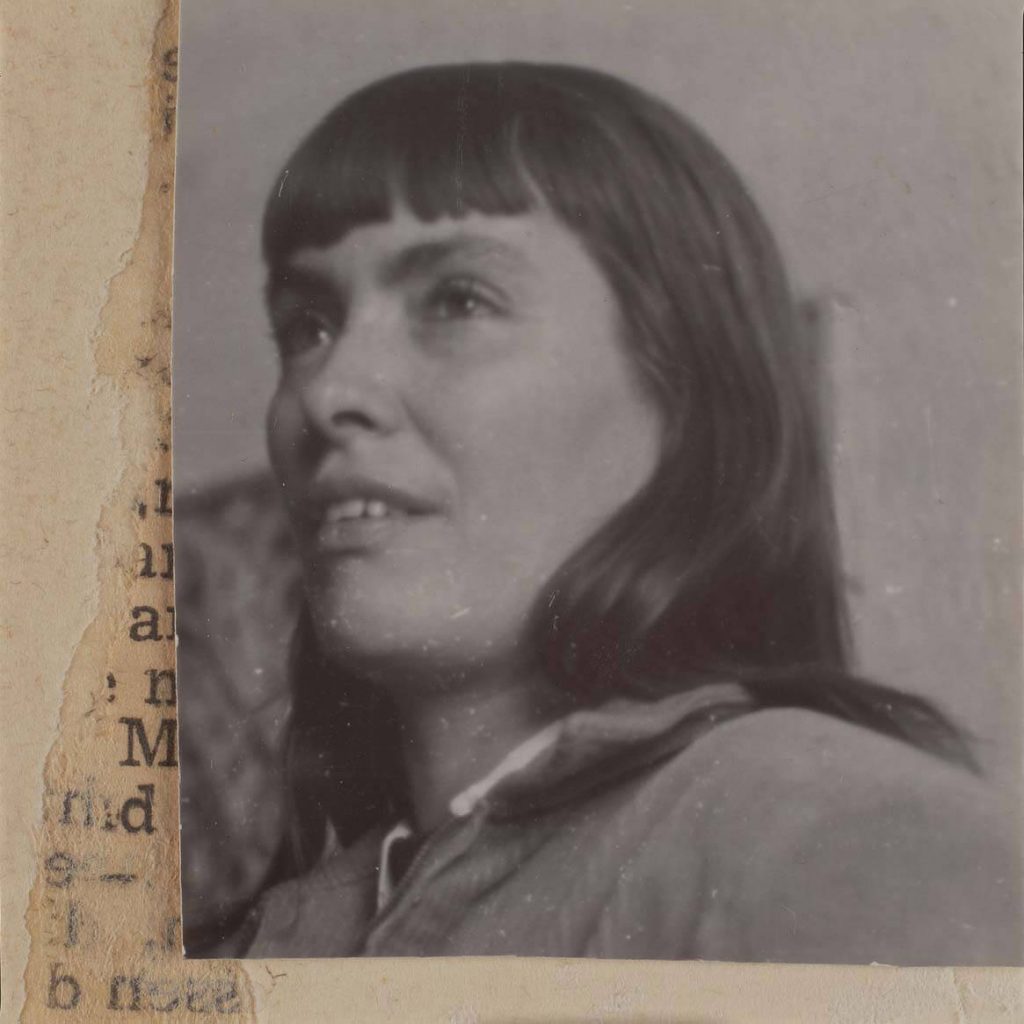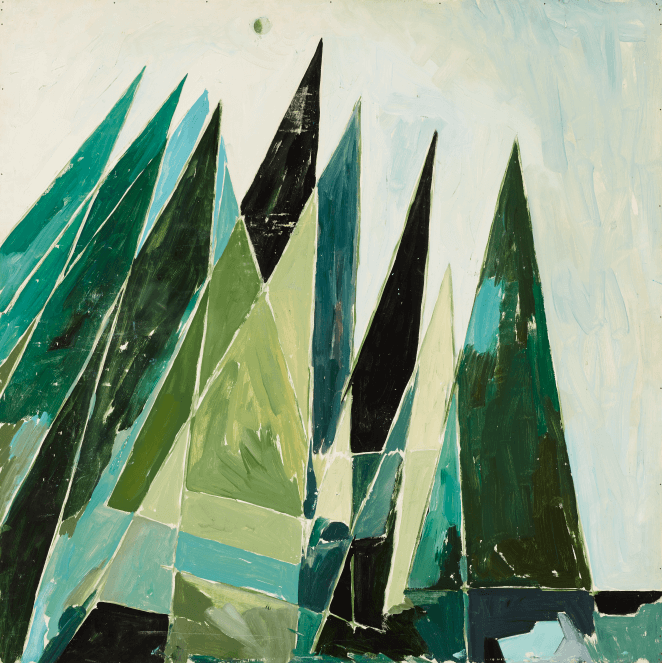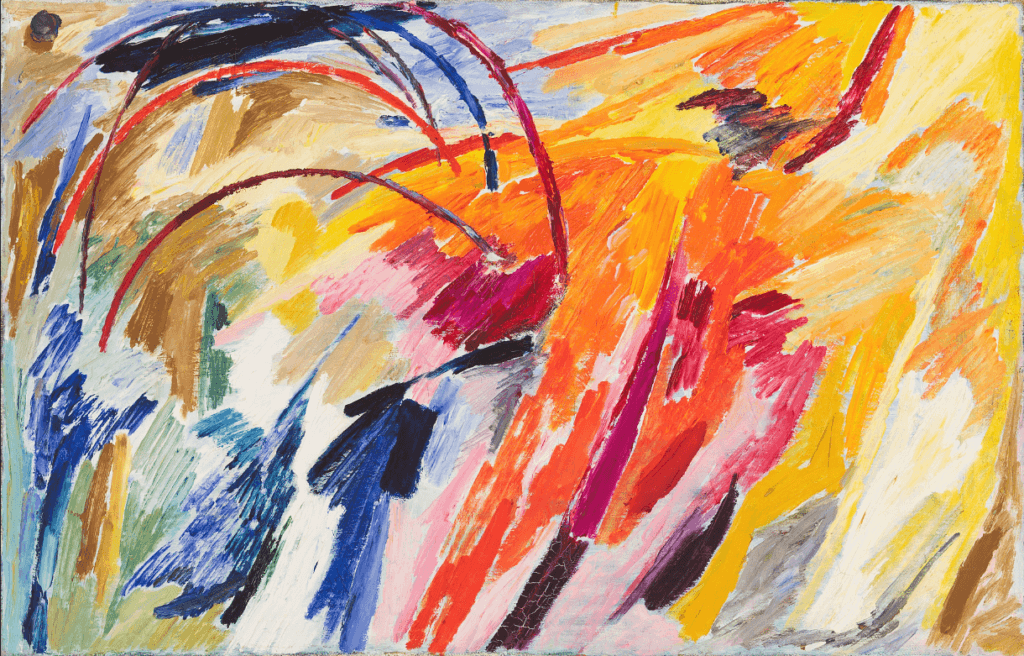Else Alfelt was born as Else Kirsten Tove Alfelt on 16 September 1910. She was a Danish painter. Between the ages of seven and fifteen, Alfelt lived in an orphanage. Here, she developed an interest in painting at an early age; she made portraits of the staff and the other children.



Alfelt was self-taught, but in order to pursue her dream of becoming a painter, she decided to go to the Technical School in Copenhagen. This two-year course was supposed to be a stepping stone to the Academy of Art in Copenhagen, but she was not admitted there. For this reason, she decided to enrol in The International Folk High School in Helsingor in 1933. This is where she would meet her future husband Carl-Henning Pedersen that same year. The couple married in 1934.
Over the years, they became close friends with other Danish artists, such as Ejler Bille, Henry Heerup, Asger Jorn and Richard Mortensen. They shared the vision that art should be expressive, spontaneous and experimental. This ideology had a major influence on Alfelt’s way of working. In 1942, she joined the pre-war Danish experimental artist association Høst together with her husband Pedersen and the artist Asger Jorn. The three of them belonged to the group of abstract artists in this association.
In 1948, she came into contact with members of the Cobra movement. Over the years, Alfelt’s work has been exhibited many times. Her first solo exhibition was in 1941 in Copenhagen, and her work was shown at several exhibitions at the Carnegie Institute of Pittsburgh between 1952 and 1964. In 1976, the Carl-Henning Pedersen and Else Alfelt Museum was opened in Herning, Denmark, where her work is on permanent display.

)